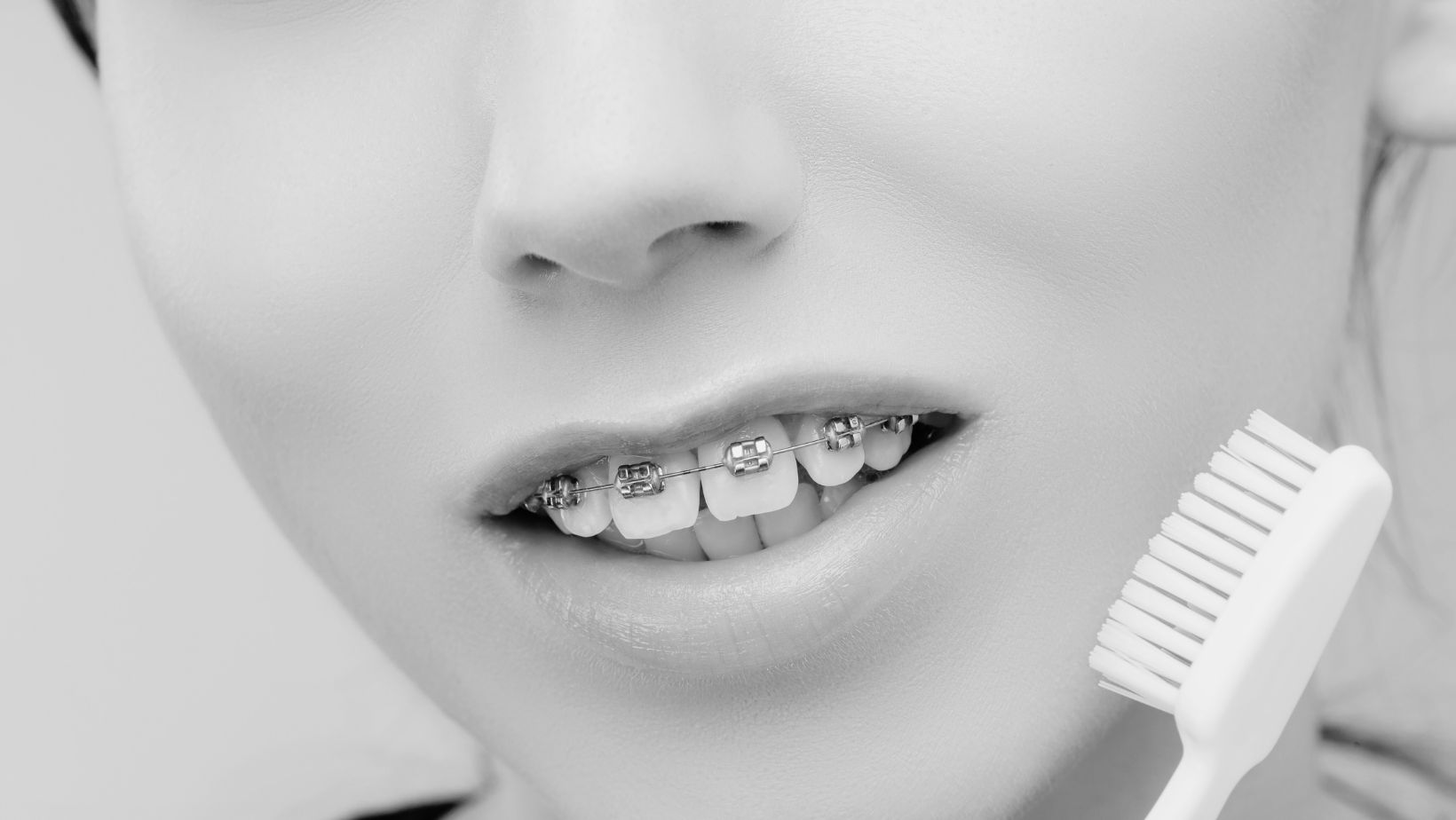It is rare that someone has perfectly aligned teeth. Overbites are actually quite common, scaling from mild to severe. An overbite is what doctors call a “vertical misalignment” of the teeth. It occurs when the upper teeth overlap the bottom more than they should.
Over the past few years, a number of at-home treatments and trends have emerged to fix overbites. While some might seem promising, it’s best to consult a dentist or orthodontist for a full treatment plan for lasting results.
Overbite At-Home Treatments
There are no proven methods to fix an overbite at-home. However, there are small ways that can help improve jaw alignment. For example:
- Performing tongue thrusts exercises.
- Avoiding bad habits, like biting nails or thumb sucking.
- Wearing a mouthguard at night to avoid teeth grinding.
The latest technique to go viral is mewing. Mewing is the movement of flattening the tongue against the roof of the mouth to define one’s jawline. Unlike tongue thrusts, mewing claims to realign the teeth and even improve facial appearance. While this does sound enticing, it is inconsistent with what science and medicine know about the complexity of bone structure, muscle development, and genetics.
While some of these methods can help lessen the impact of an overbite, they will not yield lasting results to fix the problem. Rest assured, there are plenty more treatments available to explore.
Overbite Treatments to Discuss with your Dentist
There are a number of treatments to discuss with your dentist or orthodontist to fix an overbite. Most work in tandem with braces or another popular option, Invisalign. Depending on the severity of the overbite, a dentist might suggest one or more of these options.
Traditional Braces
Braces are used to correct less serious overbites, underbites, and crossbites. (For more serious bite issues, headgear might be used together with traditional braces.) Whereas the braces from a generation ago were made solely of metal, braces today can be made of ceramic or clear plastic.
After a consultation with an orthodontist, a treatment plan will be put in place for the patient to correct the overbite and any persisting issues. The length of the treatment will vary and regular checkups are required to monitor progress and to clean brackets.

Invisalign (Clear Aligners)
If a patient does not have a serious overbite issue, a dentist might opt for clear aligners like Invisalign. Invisalign treatment consists of a series of clear plastic aligners that are custom-fitted to the patient’s teeth. Every two weeks or so, the patient changes to the next set of aligners as teeth are gradually moved into the desired position. Each set of aligners is slightly different from the previous set to move teeth slowly and comfortably over time.
Patients often choose Invisalign because it is less noticeable than other orthodontic treatments, like braces, and because the aligners can be removed for short periods of time, such as for eating or for special occasions. Invisalign can help with mild to moderate tooth crowding, crookedness, and gapping.
Palate Expanders
Before applying braces, it is common to use a palate expander to widen the upper jaw or palate. A palate expander creates more space in the mouth and helps with teeth crowding. This is a common treatment for children and adolescents as their permanent teeth are still forming. Dentists use palate expanders to help fix overbites as they widen the jaw and improve upper and lower jaw alignment.
Headgear
If there is severe misalignment, an orthodontist may recommend headgear as a supplemental treatment with braces. Orthodontic headgear is attached inside your mouth but uses the outside area of your head as leverage to move your teeth. This applies pressure from the outside to widen the upper jaw and correct the bite. Headgear is often used together with traditional braces, but unlike braces, it can be removed as needed.
Retainer
Retainers are used to maintain the corrected position of newly aligned teeth. It prevents teeth shifting after braces are removed, and provides structure to the new bone and tissue surrounding the teeth. There are both temporary and permanent retainers. Most are worn during the day and taken out for eating.
Schedule an appointment
If you want to learn more about how to fix your overbite, schedule a dental consultation through the Dental Health Society to discuss these treatments with a dental professional.


